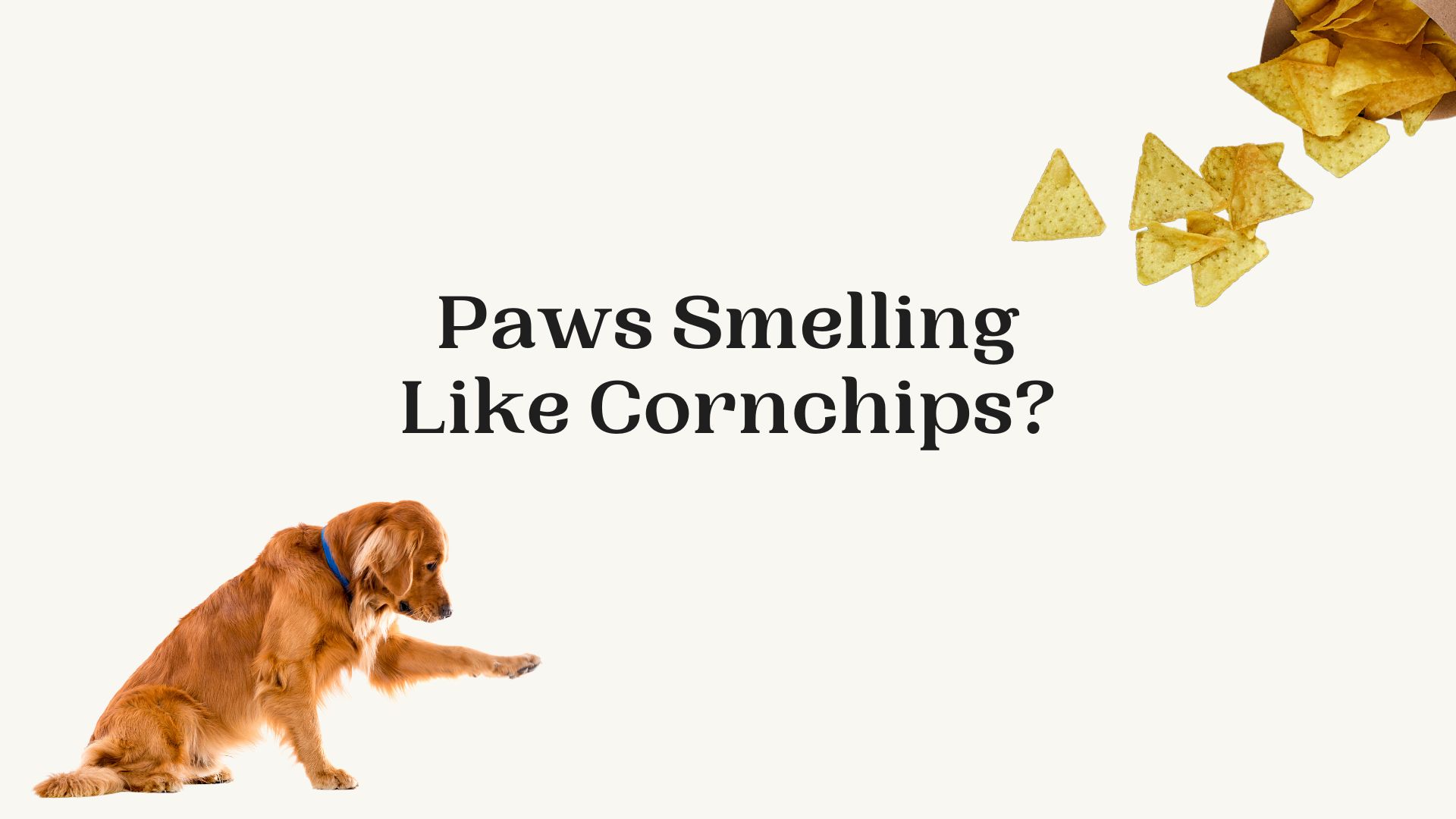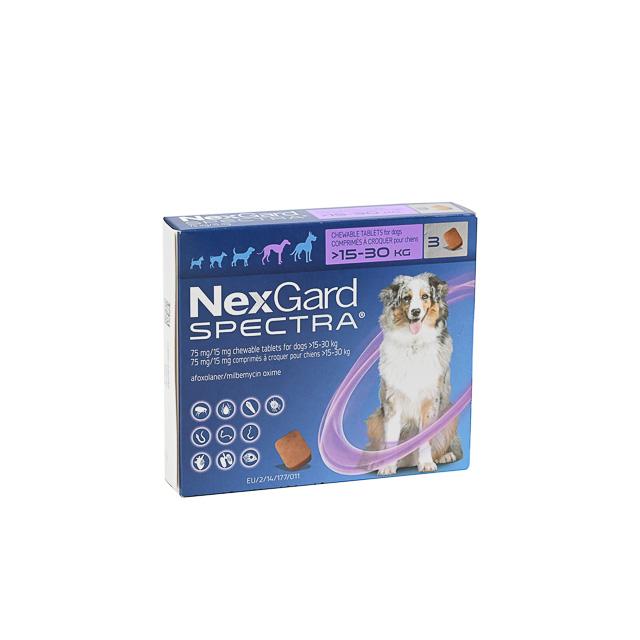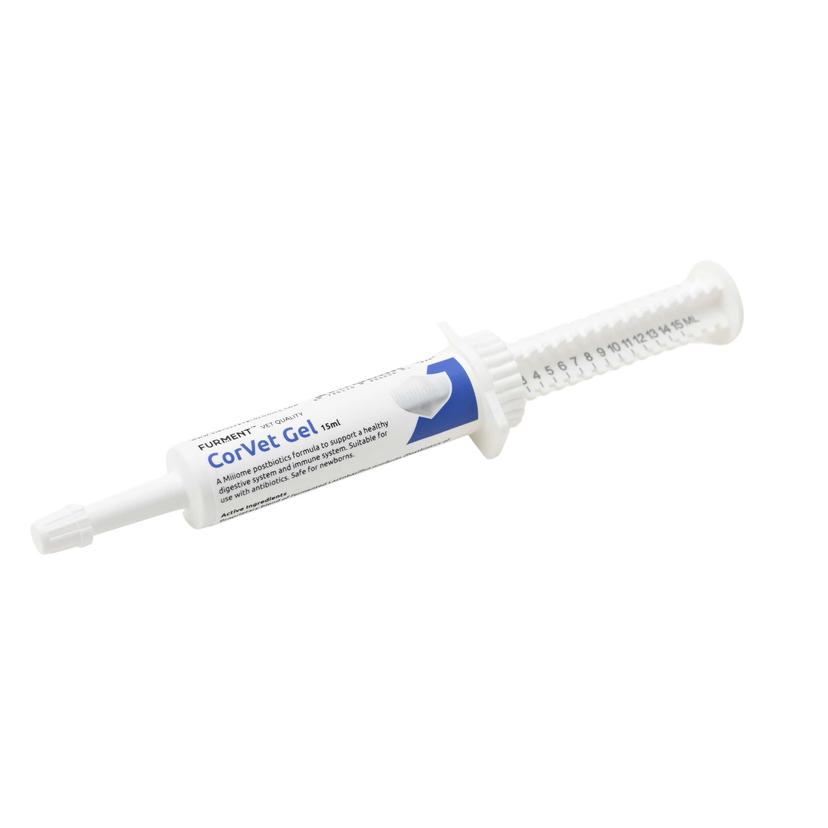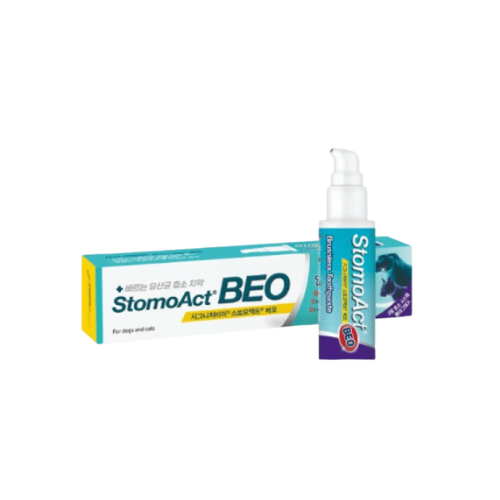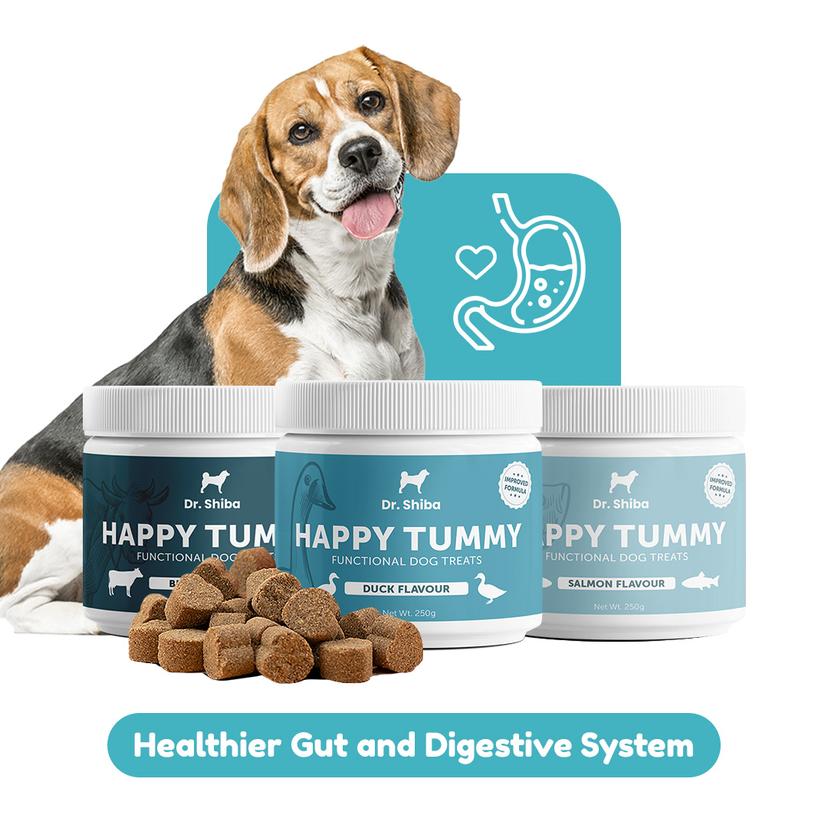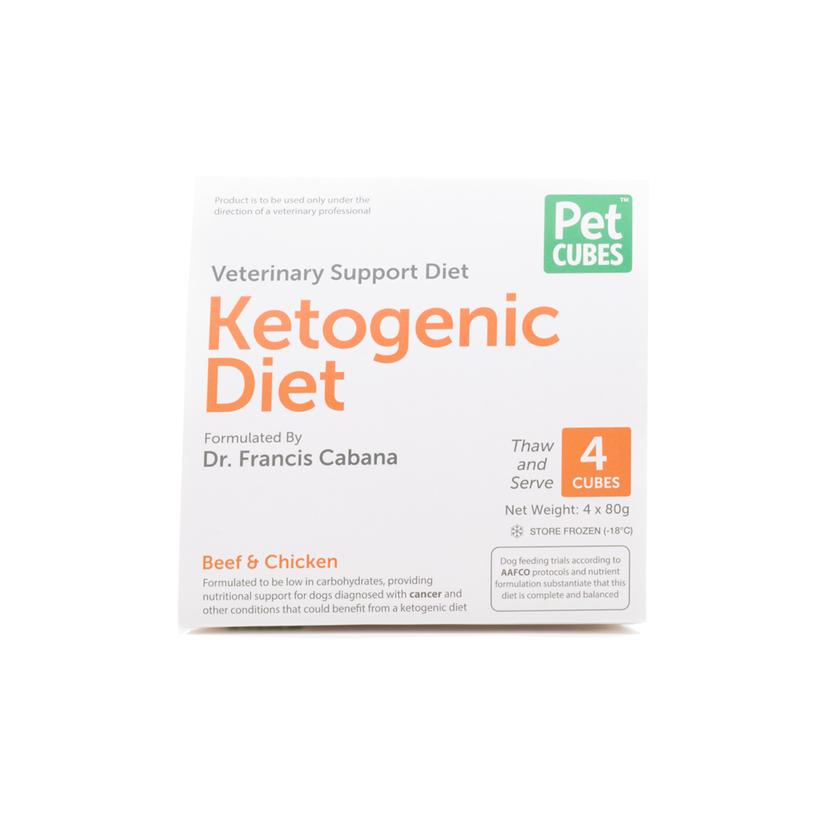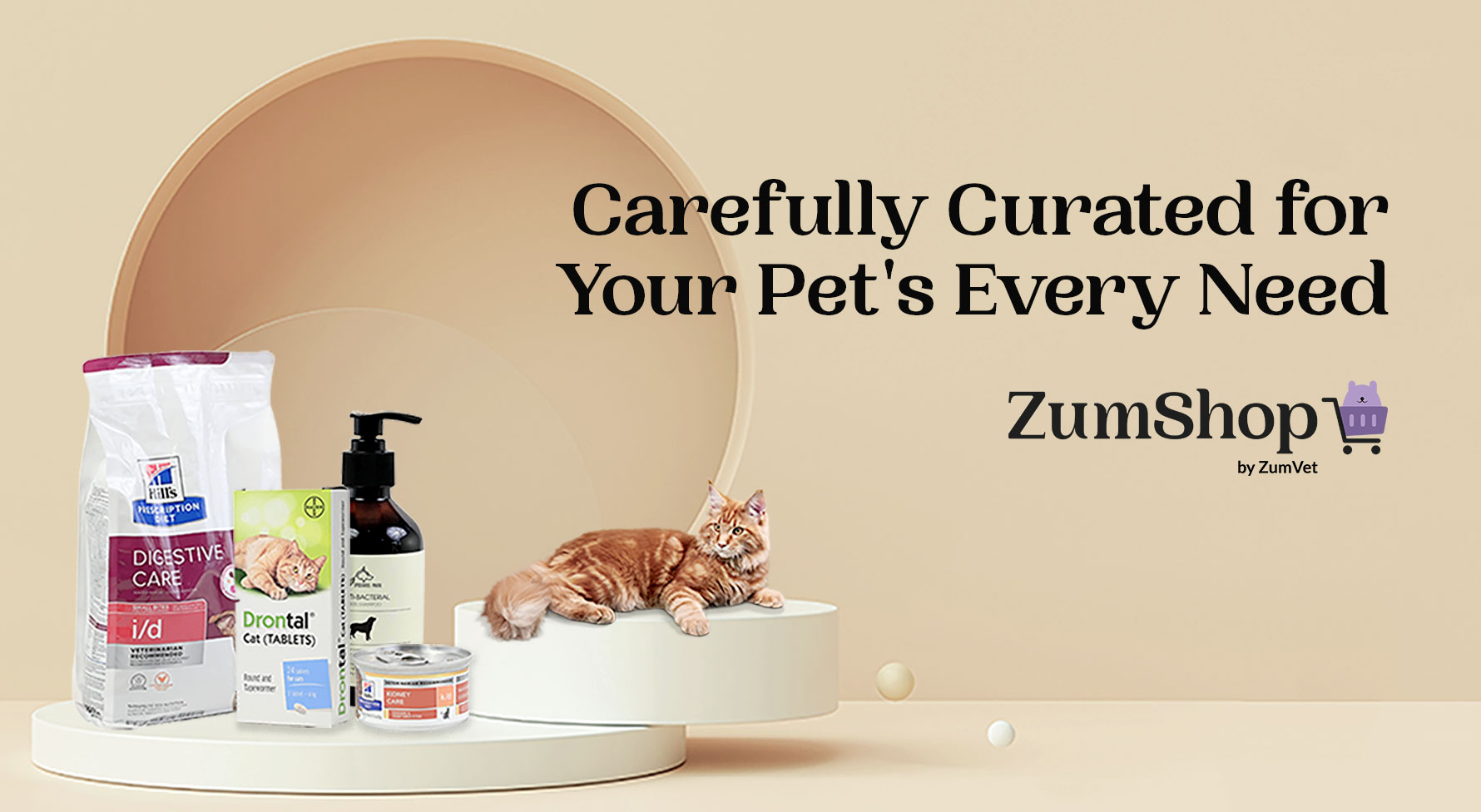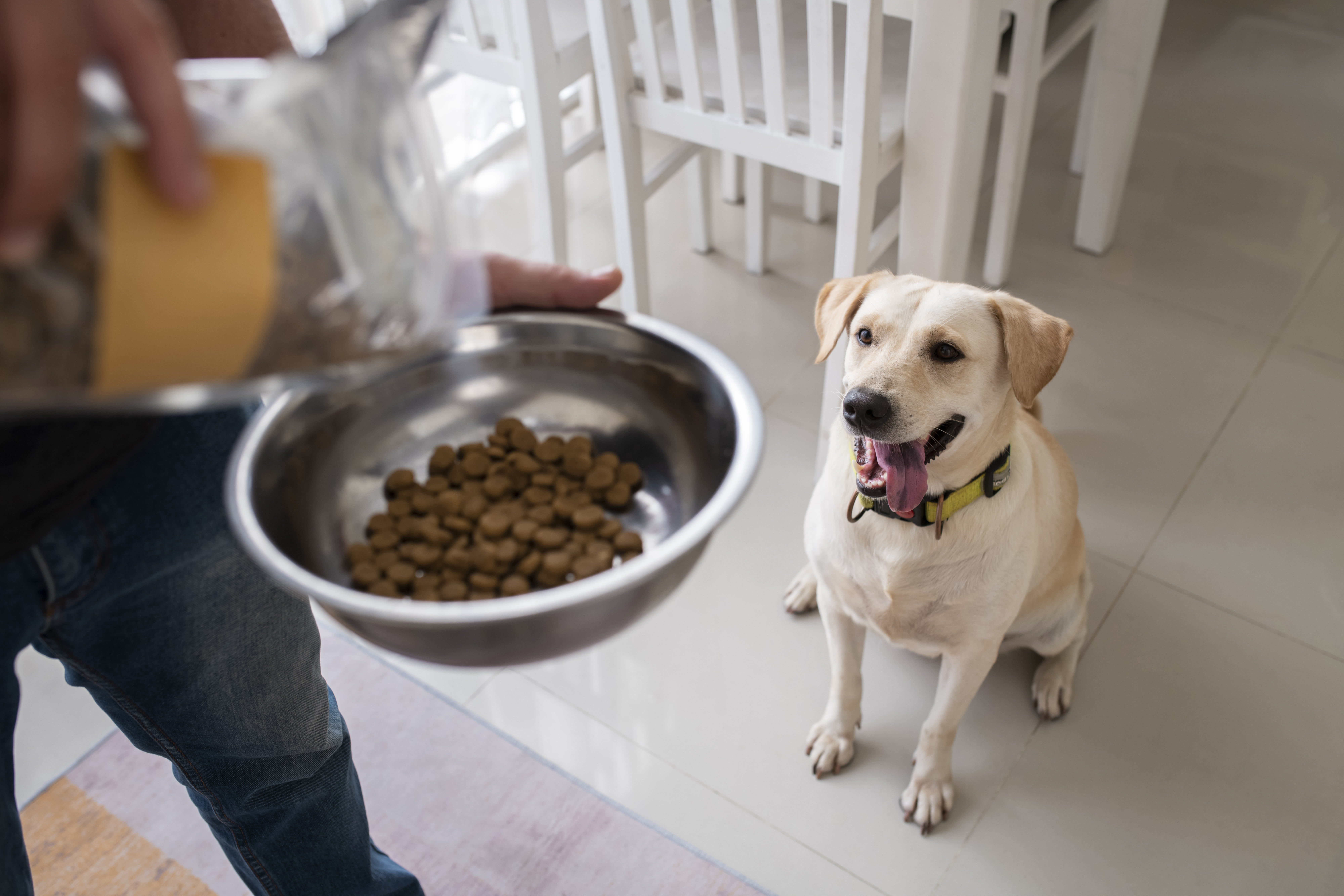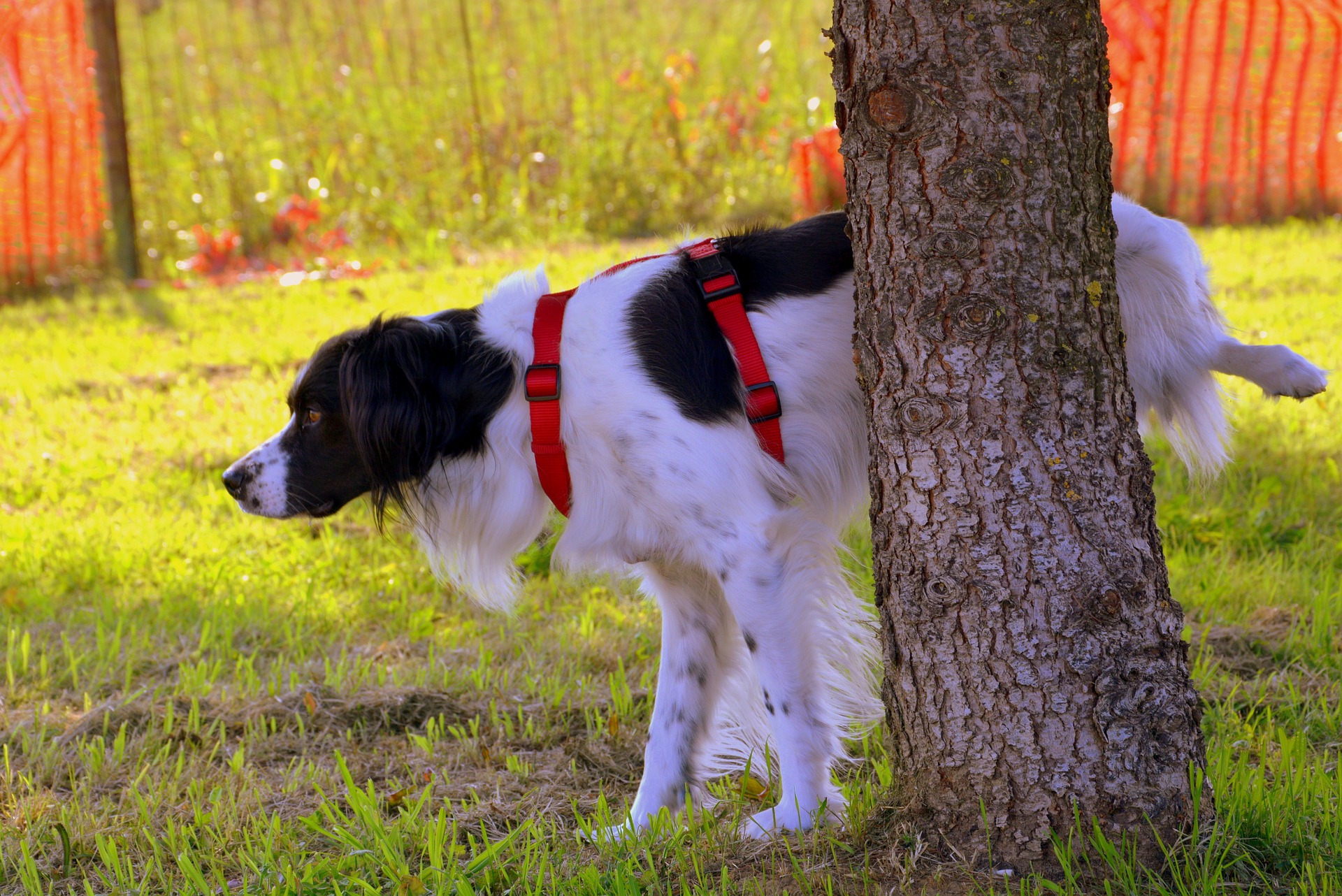What is This Phenomenon?
The distinctive corn chip aroma emanating from your dog’s paws is a fascinating interplay of natural elements. Much like us, dogs host a diverse community of microorganisms, including bacteria and yeast, on their skin. When these microorganisms mingle with the sweat and oils produced by the paw pads, they create a unique fragrance reminiscent of everyone’s favourite crunchy snack.
Common Reasons to Why This Is Happening
1. Debris Buildup
Imagine your dog’s paws as tiny explorers, venturing into the world and collecting souvenirs along the way. Dust, dirt, leaves, and various outdoor particles cling to their paw pads. As your dog strolls through different terrains, this debris mingles with the natural oils on their paws, creating a curious concoction that contributes to the distinct Frito feet fragrance.

2. Excessive Moisture Between Toe Pads and Paws
Your pup’s paws come with natural mechanisms to manage moisture, but occasionally, nature presents unexpected challenges. Following a spirited romp through dewy grass or a delightful puddle splash, moisture may get caught between the toe pads. Moreover, some dogs intensify this situation by licking their paws. While licking serves as a means for them to cool down, it inadvertently introduces extra moisture, creating an ideal environment for the distinctive Frito feet phenomenon.

3. Bacteria and Yeast Infections
In the cosy space between your furry friend’s toe pads, bacteria and yeast find a comfy home. They love the warmth and moisture, so they stick around, multiplying over time. But here’s the catch: too many of these critters can spell trouble. They might cause infections such as dermatitis that make your pup’s paws red, itchy, and unhappy. Imagine your dog’s paws feeling irritated and sore – not fun at all! If your dog keeps licking or chewing their paws due to discomfort, it can even make things worse. This could lead to additional infections, making your pup’s paw health much more complicated.
Ways to Keep Good Paw Hygiene
Maintaining your dog’s paw hygiene is not only a practical responsibility but also an act of love. Here are some ways to address and prevent the Frito feet phenomenon:
1. Regular Grooming
Imagine your dog’s paw grooming session as a spa day for their tootsies. Equip yourself with a gentle brush, and let the pampering begin. By removing debris and dirt, you’re not just combating the corn chip scent – you’re giving your furry friend a spa-worthy experience.

2. Use of Wipes After a Walk
After a brisk walk or a muddy adventure, think of paw wipes as your secret weapon against Frito feet. Wipe away the traces of outdoor escapades, leaving your dog’s paws fresh and clean. It’s a post-adventure ritual that both you and your pet can enjoy.
3. Shampoo Treatments
Treat your dog’s paws to a luxurious wash with a mild, pet-friendly shampoo. Think of it as a fragrant cleanse, washing away bacteria and yeast. Remember, the key is thorough drying post-treatment – nothing says luxury like fluffy, dry paws.

ZumVet’s recommendations for pet-friendly shampoos for you to consider:
- Lillidale Itchy Wash
- Lillidale Lazy Wash
- Lillidale Stinky Wash
- OOMMI Pet Shampoo
- OOMMI Hypoallergenic Pet Shampoo
4. Constant Monitoring
Think of yourself as a vigilant guardian of your dog’s paw domain. Regularly inspect those precious pads for any signs of redness or irritation. Spot something unusual? Act promptly! Your furry friend will thank you for your watchful eye.
How To Manage Cornchip Paws
Ensuring your pet’s paw hygiene is simple yet easily overlooked. Start practising these paw hygiene practices, and implement it into your dog grooming routine.
If you notice persistent redness and infections in your dog’s paws, don’t hesitate to have a quick chat with our vet!


